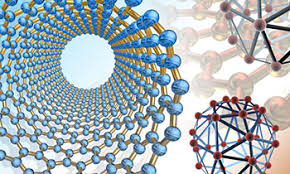Mechanical and Materials Engineering, Department of

Department of Mechanical and Materials Engineering: Faculty Publications
Document Type
Article
Date of this Version
2020
Citation
Phys. Teach. 58, 230 (2020); https://doi.org/10.1119/1.5145464
Abstract
Current K-12 and undergraduate student have grown up with constant exposure to visual popular culture (e.g., movies, TV programs, graphic novels, etc.). Because youth find pop culture references in the classroom to be engaging, many science and engineering instructors have shown that examples found in visual pop culture can be used to teach science and engineering concepts.1,2 One recent study on the efficay os using pop ulture for instruction found that high school studetns learning from graphic-novel styles comics acquired deeper understanding of complex subject matter and reported higher engagement with the instructional materials as compared to students learning from traditional text materials.3 Futhermore, the increased engagement with the instructional comics was even greater for students who were less likely to self-identif as a "science person."
Included in
Mechanics of Materials Commons, Nanoscience and Nanotechnology Commons, Other Engineering Science and Materials Commons, Other Mechanical Engineering Commons


Comments
2020 American Association of Physics Teachers.